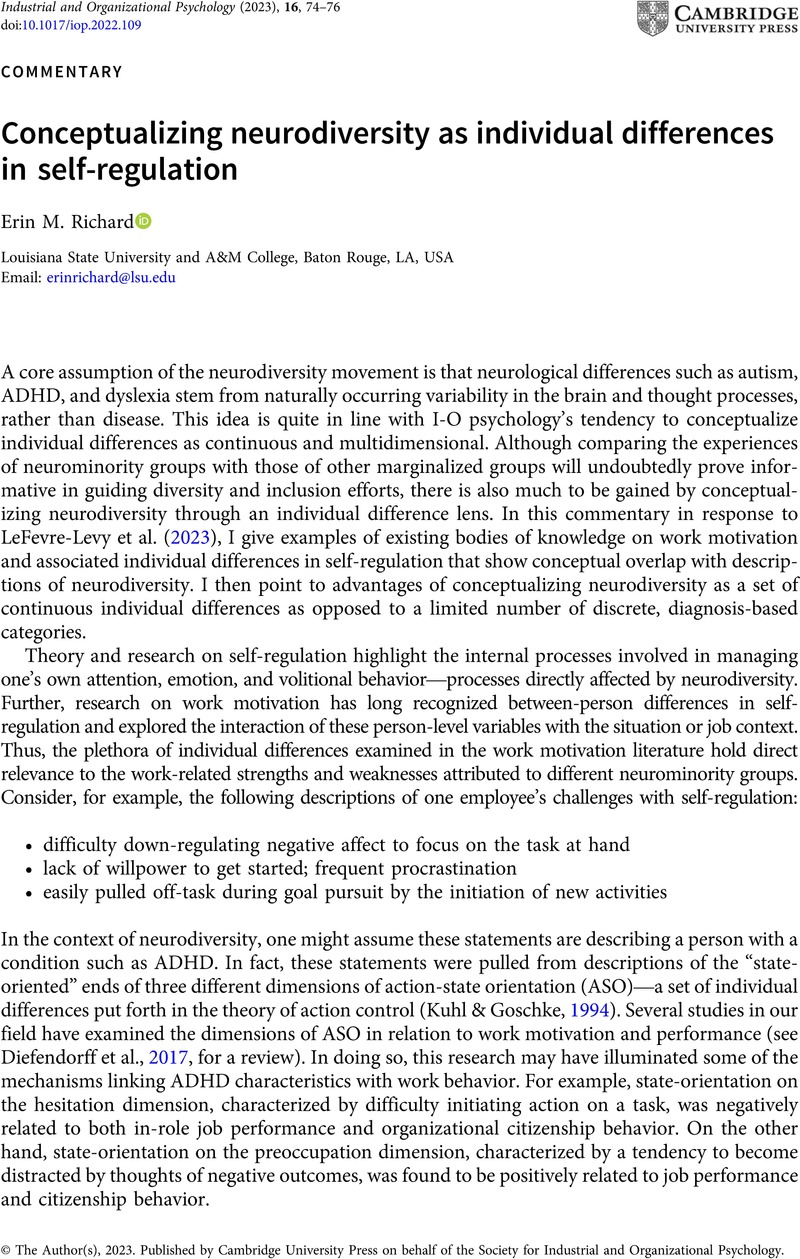Crossref Citations
This article has been cited by the following publications. This list is generated based on data provided by Crossref.
Matsunaga, Masaki
2024.
Employee Uncertainty Over Digital Transformation.
p.
85.



